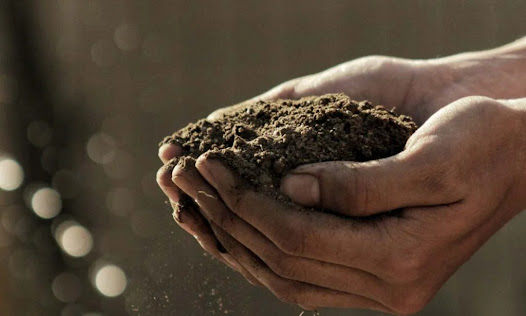What are the Types and Applications of Nonwoven Geotextile Fabric?
Geotextiles are porous synthetic fabrics and are often constructed of polyester or polypropylene. Geotextiles are used extensively in many industrial, coastal, and geotechnical engineering constructions for filtration, drainage, separation, and protection. Non-Woven Geotextile Fabric connects long or short fibers using needle punching or other processes. The geotextile is then subjected to further heat treatment to increase its strength.
What are the types of Non-woven geotextile fabrics?
In the industry, nonwoven textiles are made without using the standard techniques for weaving or connecting filaments. There are four types of nonwoven fabrics:
• Spunbond or Spunlace
The Spunbond interaction involves using air flows or redirectors to transform the threads into a web, which are then simply spread across the web. They are high-temperature and do not include any synthetic materials. Spun Bonds are extremely lightweight, strong, highly air permeable, hydrophilic, and have incredible mileage characteristics.
• Dry laid
Most dry lay networks are provided using staple filaments, either natural or synthetic. The isotropic web construction, the ability to create large networks, and the availability of various filaments with different levels of interaction, including as engineered, regular, steel, glass, and carbon, are all advantages of the dry-laid Non-Woven Geotextile Fabric. There are four steps to manufacture dry laid: plan using staple fiber; cleansing, combining and mixing; carding and laying a web.
• Air laid
The process of air laying involves scattering nonwoven webs into a fast stream and compressing them onto a movable screen using a pressing force or vacuum. Airlaid textures have an excellent ability to engross the observer. They are often created from wood pulp. It frequently blends in with a clear amount of SAP to improve its ability to retain moisture. The air-laying interaction is used to create nonwoven materials.
• Wet laid
Wet-laid nonwovens are produced using a customized papermaking process. In other words, the filaments used are submerged in water. Wet lay nonwoven fabrication has as a major goal the production of structures with material textural characteristics, namely flexibility and strength, and at speed approaching those paired with papermaking. Certain paper machines are used to separate the water from the threads to create an even sheet of material that can be strengthened and dried.
What is the application of Nonwoven geotextile fabrics?
Geotextiles made of nonwoven materials are created from long fibers or staple fibers. These fibers are used for segregation, strengthening, filtration, drainage, and water resistance for roads and railroads, sea-shore land clearing, roadside, rail side, canal and river sides, and embankments. Applications of Non-Woven Geotextile Fabric are as follows:
• Filtration
Materials made of nonwovens are designed to hold onto tiny dirt particles. This method stops small particles from draining away and leaking. It was developed for geotextiles in the middle of the 1960s and is currently the most widely used method.
• Separation
Nonwovens divide two layers of soil with different sizes of particles. It prevents the pumping up of gentle subgrade soils into porous granular road construction. It avoids the blending of two neighboring levels in a structure. A nonwoven separator is required to guarantee the structure's long-term functioning.
• Drainage
To passively transfer liquid or gaseous constituents, geotextiles are utilized. The geotextile works alone to provide drainage services. However, it is frequently associated with other components, such as drainage basins and perforated pipes. Needle-punched geotextiles are combined with other materials to improve drainage capacity. It is therefore known as drainage geo-composites.
• Reinforcement
Non-woven geotextile is used to improve the load-bearing ability of weak soil. The stress level of the soil base can be limited using nonwovens. By spreading the load across a huge area, these fabrics help to lessen the vertical load intensity. The ultimate goal is to decrease vertical stress and offer fewer chances for failure.
• Liquid barrier
The open design of Non-Woven Geotextile Fabric makes way for moistening with clay particles, which fill the gaps inside the geotextile's structure and stop liquids from flowing through.
• Controlling erosion
Nonwoven textiles serve as a barrier and a drainage system. Yet when its main objective is to help control erosion, it is given a distinct classification. Soil erosion management represents a considerably larger potential market for geotextiles of nonwoven fabrics.
Industries that produce nonwoven geotextiles have a unique environmental history. As a result of its expansion, it now offers a wide range of manufactured and polymer-based materials driven by low manufacturing costs, creative, value-added technologies, etc. The geotextiles sector uses environmentally friendly geomaterials to reduce its need for cheap labor.
As a result, it shares advanced new technologies with the heavy equipment, semiconductor, software, and aircraft industries. If you are looking for geotextile fabrics, Sommers Nonwoven Solutions is the ideal choice for your industry. They are the largest global manufacturers with a large supply base and offer engineered media that aims for cost savings and rapid completion of the project.


Comments
Post a Comment